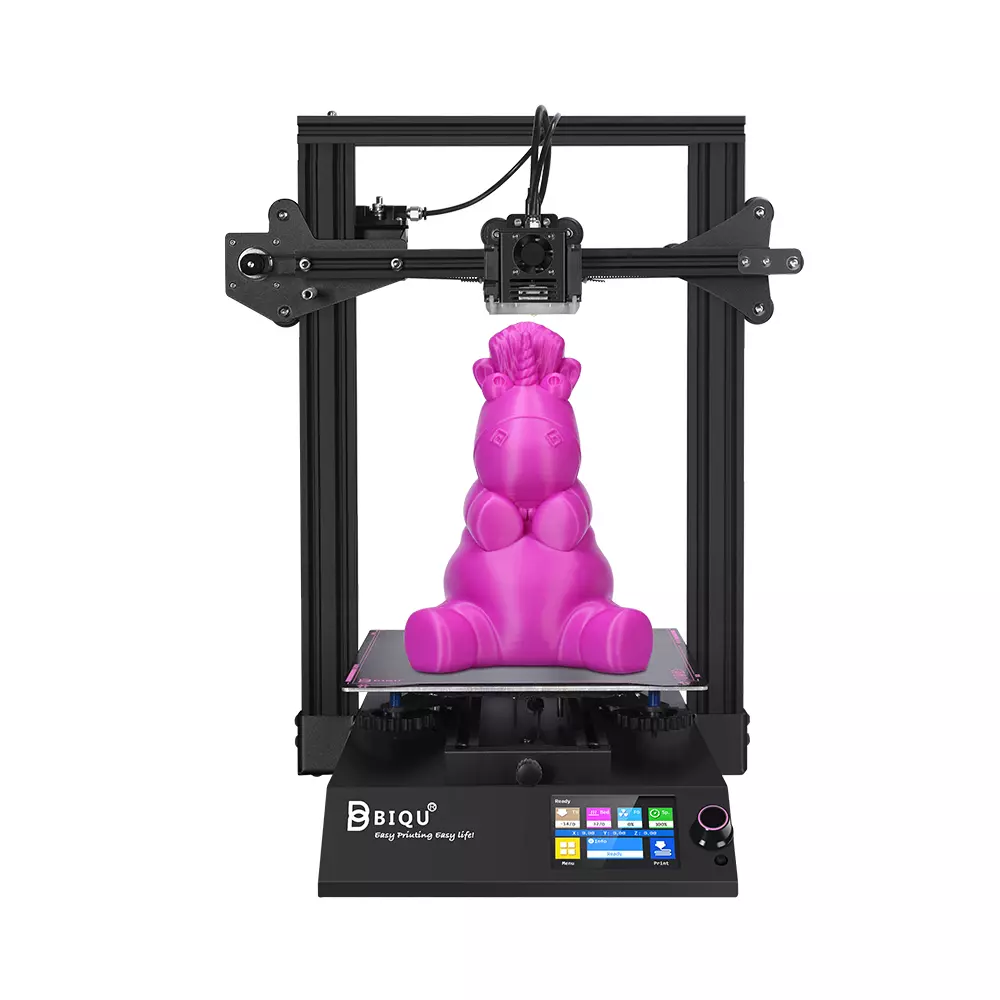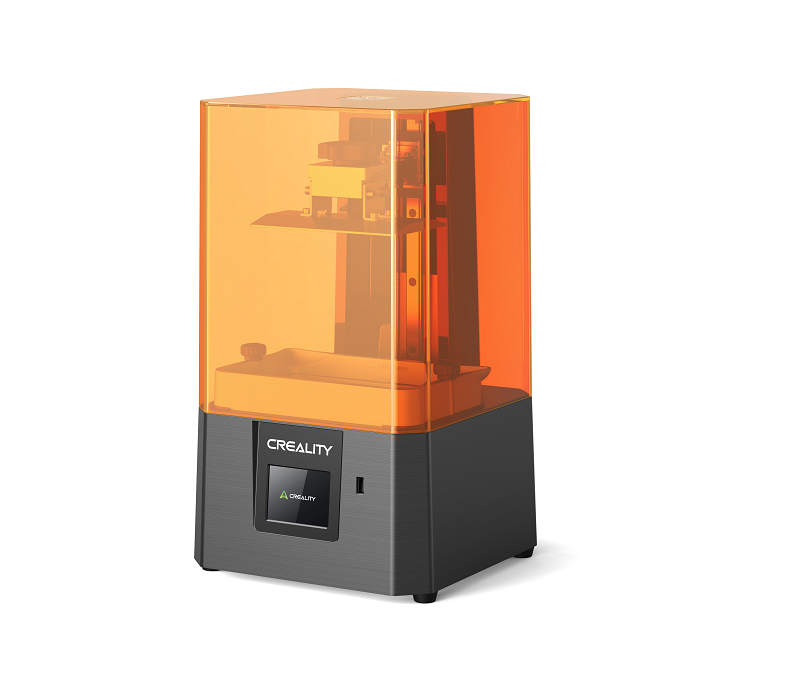Compare BIQU B1 vs Halot R6
Comparison between the best 3D printers
Choose the best 3D printer at the best price. The cheapest 3D printers are here.
Buy a 3D printer here with 3D Fila.
 |
 |
|
| Model | BIQU B1 |
Halot R6[BUY Halot R6] |
| Printing Material | Filament | Resin |
| Buy Filament for BigTreeTech BIQU B1 | Buy Resin forCreality Halot R6 | |
| Estimated price | $269,00 | $129,00 |
| Manufacturer | BigTreeTech | Creality |
| Release Year | 2020 | 2024 |
| Print Volume [mm] | 235x235x270 | 130x82x160 |
| Printer Size [mm] | 412x402x492 | 235x230x395 |
| Weight [kg] | 8,00 | 5,8 |
| Power Loss Recovery | YES | NO |
| Maximum Resolution [mm] | 0,1 | 0,01 |
| Processor | 32 Bits BTT SKR V 1.4 | |
| Display | Touchscreen TFT 3,5'' | Touchscreen 2,8'' |
| Power Supply | 24V / 360W | 42W |
| Connectivity | SD / USB | USB drive, WiFi |
| Operating systems | Windows, Mac, Linux | Windows, Mac |
| Date of registration in the system | 2021-04-14 | 2024-12-05 |
| Release date | 2020 | 2024 |
| Extra features | The BIQU B1 is an advanced 3D printer with a silent 32-bit BTT SKR V1.4 motherboard and ARM Cortex-M3 CPU, offering DIY interfaces (I2C, SPI, WiFi) and dual Z-axis. Its dual BTT B1 TFT35 V3.0 operating system allows real-time monitoring and multiple printing modes, including G-code visualization effects. It stands out for its BIQU SSS (Super Spring Steel), ensuring easy model adhesion and simplified removal, with the possibility of using it on both sides. It includes a filament sensor, automatically pausing printing in case of filament breakage. The multicolored RGB lights integrated into the hotend allow you to view the printing status even at night. Additional notes include the need for a BIQU-specific Type-C cable and extra interfaces for smart filament sensor and BL Touch. | The Creality Halot R6 offers high precision with a layer height of 0.01-0.2 mm, a printing speed of 60 mm/h, and an integral light source with over 90% uniformity. Compact and lightweight, it features a 6.08" monochrome LCD for faster curing and extended durability. Includes Wi-Fi connectivity via Creality Cloud, an intuitive touchscreen interface, and supports remote monitoring and timelapse recording with a USB camera. Ideal for beginners, its robust and user-friendly. |
| Support for multiple colors and materials (AMS and CFS) | NO | NO |
Notes * |
||
| Cost-benefit | 7 / 10 | 9 / 10 |
| Hardware | 2 / 10 | 9 / 10 |
| Tela | . | . |
| Print volume | 3 / 10 | 3 / 10 |
| Performance | 1 / 10 | 9 / 10 |
| [BUY Halot R6] |
Conclusion |
| In comparing the BIQU B1 and the Creality Halot R6 3D printers, several factors set them apart in terms of features, performance, and value for money. The BIQU B1 stands out for its larger print volume and advanced hardware, supported by a 32-bit motherboard and a dual Z-axis system, making it suitable for more complex projects and larger models. Its features, like power loss recovery, filament sensor, and user-friendly touchscreen interface, reflect its emphasis on reliability and user experience. However, this printer comes at a higher price point and is heavier, which may impact portability. On the other hand, the Creality Halot R6, while offering a smaller print volume, excels in precision and speed with its advanced light source and high-resolution capabilities. It is designed with beginners in mind, offering a more intuitive user experience with Wi-Fi connectivity and remote monitoring options. Its more compact and lightweight design makes it a practical choice for those with limited space or for those who prioritize ease of use. Furthermore, it provides a more favorable cost-benefit ratio. Ultimately, your choice will depend on your specific needs and budget. If you are looking for a robust machine that can handle larger projects and offer advanced features for a more professional setup, the BIQU B1 is a strong contender. However, if you desire a user-friendly, highly precise printer at a lower price, especially if you are a beginner, the Creality Halot R6 may be the better option. |

